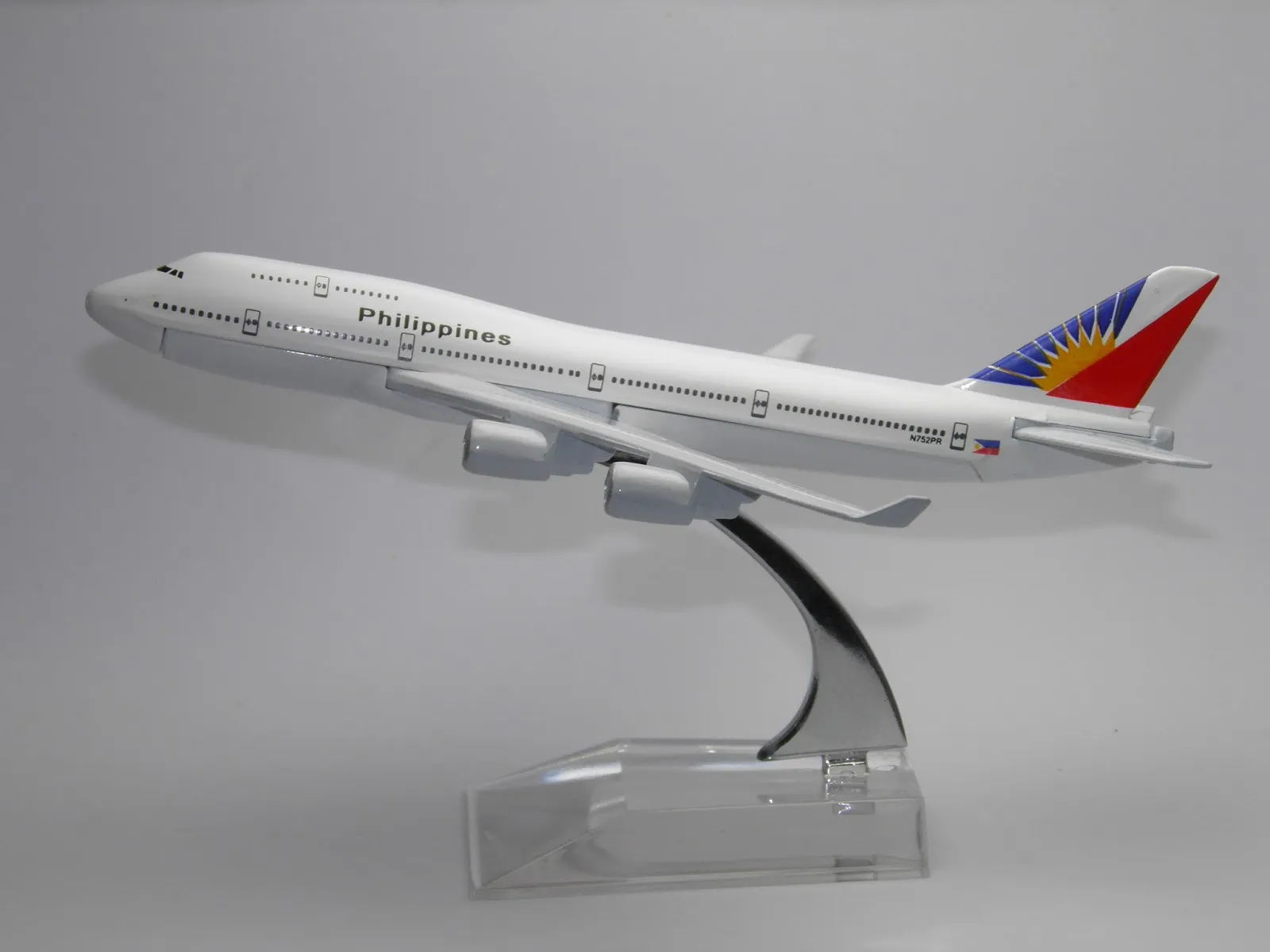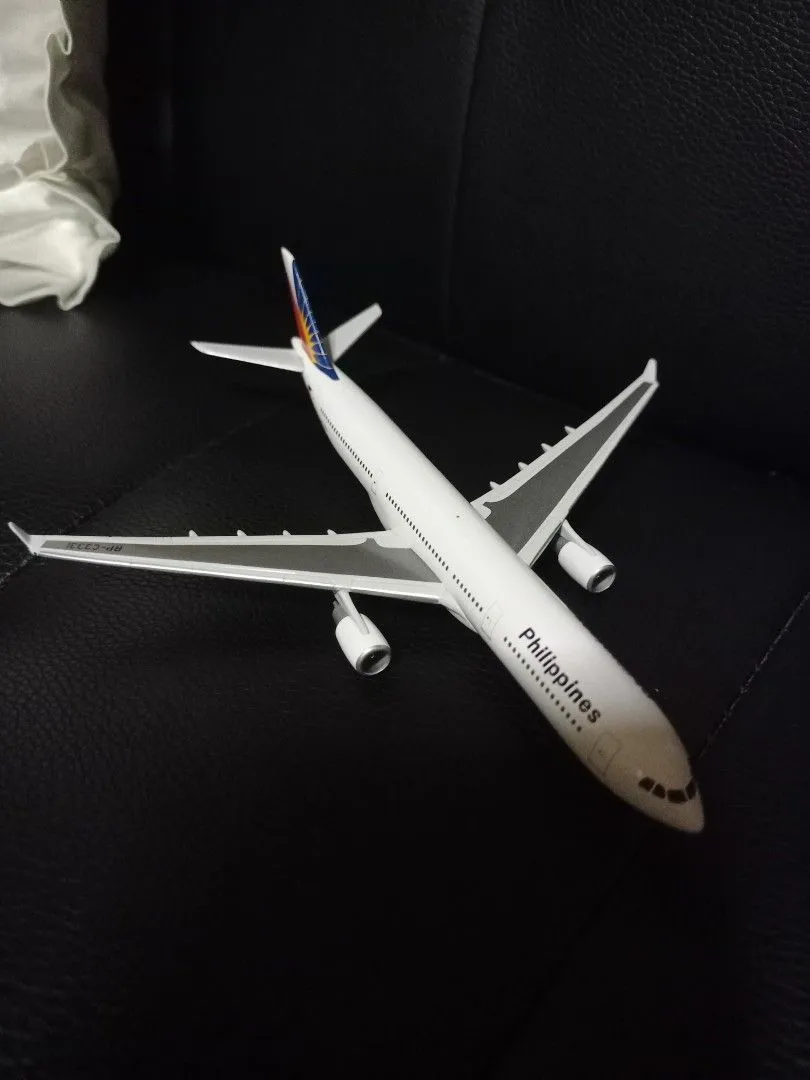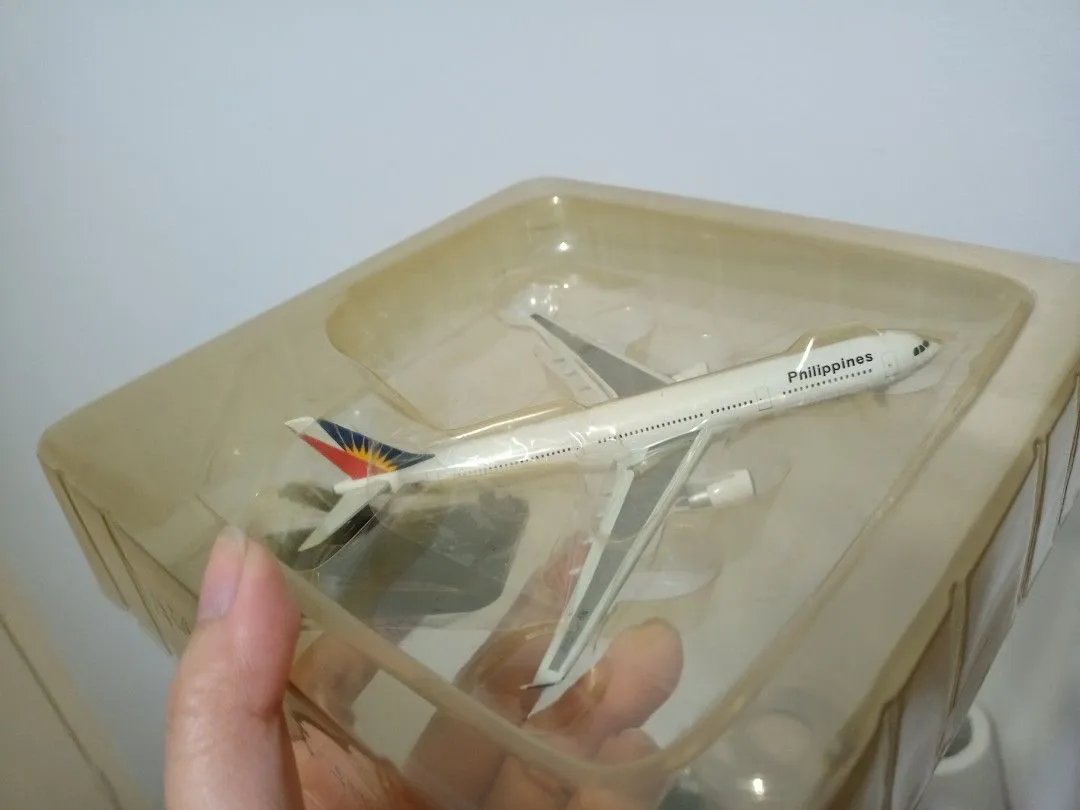History of Philippine Airlines
Philippine Airlines (PAL), the flag carrier of the Philippines, boasts a rich history that spans several decades. Founded in 1941, it initially operated as a domestic airline before expanding its services to international destinations. Understanding the airline’s evolution is crucial for appreciating the significance of Philippine Airlines diecast planes. These miniature models serve as tangible representations of the airline’s journey, its iconic aircraft, and the memories they evoke. Collecting these models allows enthusiasts to connect with the airline’s heritage and the history of aviation in the Philippines.
Early Years and Aircraft
The early years of Philippine Airlines saw the use of various aircraft that shaped its initial operations. These included models such as the DC-3, which played a pivotal role in establishing early routes and connecting the islands of the Philippines. These early aircraft are often sought after by collectors of diecast planes, as they represent a piece of aviation history and the humble beginnings of Philippine Airlines. Finding these early models in diecast form can be a rewarding experience, as they embody the spirit of early air travel and the pioneering efforts of the airline. (philippine-airlines-aircraft.webp)
Development of the Philippine Airlines Fleet

Over the years, Philippine Airlines has continuously updated and expanded its fleet to meet the demands of a growing aviation market. From the introduction of jet aircraft in the mid-20th century to the modern, fuel-efficient planes of today, the airline’s fleet has evolved significantly. This evolution is mirrored in the availability of diecast models, with collectors able to find representations of almost every aircraft that has flown under the PAL banner. This includes iconic aircraft that defined different eras of the airline’s operation and technological advancements in aircraft design and performance.
Key Models in Diecast Form
Several aircraft models in the Philippine Airlines fleet are particularly popular among diecast plane collectors. These models are sought after for their historical significance, aesthetic appeal, and the nostalgia they evoke. Owning these models provides collectors with a tangible connection to the airline’s history and a way to celebrate its legacy. These miniature replicas allow enthusiasts to appreciate the design and engineering of these aircraft, and to admire the artistry involved in creating detailed scale models.
Airbus A320 Family
The Airbus A320 family has been a workhorse for Philippine Airlines, serving both domestic and regional routes. Diecast models of the A320, A321, and other variants are readily available, allowing collectors to own a piece of the airline’s modern fleet. These models are often prized for their detailed representations of the aircraft’s livery, markings, and features. Collectors appreciate the opportunity to add these contemporary aircraft to their collections, representing the airline’s commitment to modernization and efficiency. (airbus-a320-diecast.webp)
Boeing 777-300ER

The Boeing 777-300ER is a key aircraft in Philippine Airlines’ long-haul operations, connecting the Philippines with destinations around the world. Diecast models of the 777-300ER are highly sought after, due to the aircraft’s iconic status and the detail found in the miniature replicas. These models allow collectors to celebrate the airline’s international reach and its ability to connect people across vast distances. The models often showcase the aircraft’s distinct features and the elegance of its design. (boeing-777-diecast.webp)
Airbus A350 XWB
The Airbus A350 XWB represents the pinnacle of modern aviation technology and is a significant addition to the Philippine Airlines fleet. The diecast models of the A350 XWB are a must-have for serious collectors, reflecting the airline’s commitment to innovation and passenger comfort. These models are often highly detailed, including accurate representations of the aircraft’s livery, engines, and aerodynamic features. Collectors appreciate the opportunity to own a model of such an advanced aircraft and to showcase the future of Philippine Airlines. (airbus-a350-diecast.webp)
The Significance of Scale and Detailing
The scale and detailing of diecast planes are essential factors that determine their collectibility and value. The accuracy of the scale allows collectors to compare and appreciate the size and proportions of different aircraft models. Detailing, including paint schemes, markings, and small features, adds to the realism of the model and its visual appeal. A well-detailed diecast plane captures the essence of the real aircraft, bringing the beauty of aviation to life for collectors.
Common Diecast Scales

Common scales for diecast planes include 1:200, 1:400, and 1:500. Each scale offers a different balance between size, detail, and cost. Larger scales, like 1:200, provide more room for intricate detailing, while smaller scales are more convenient for display and storage. Collectors often build their collections across multiple scales, allowing them to appreciate the diversity of aircraft models and the nuances of different scales. The choice of scale often depends on personal preference, available space, and the level of detail desired. (diecast-plane-detailing.webp)
Importance of Detailing
Detailing is crucial for the realism and collectibility of diecast planes. High-quality models feature accurate paint schemes, detailed markings, and realistic features such as antennas, landing gear, and engine components. The level of detail can vary depending on the manufacturer and the scale of the model. Collectors appreciate the attention to detail, as it enhances the model’s visual appeal and makes it a more accurate representation of the actual aircraft. High-quality detailing can significantly increase the value and desirability of a diecast plane.
Materials Used in Diecast Planes
The materials used in diecast planes affect their durability, appearance, and collectibility. The use of high-quality materials ensures that the models last for years and maintain their value. Common materials include metal alloys and plastic components. Understanding the materials helps collectors to assess the quality of a model and to make informed purchasing decisions. It also aids in the care and preservation of the models, ensuring that they remain in excellent condition for future generations of collectors.
Metal Alloys

Metal alloys, such as zinc and aluminum, are commonly used in the construction of diecast planes. These alloys provide durability and weight, giving the models a solid feel. They also allow for intricate detailing and accurate representations of aircraft features. Models made from metal alloys are often considered to be more valuable and collectible due to their durability and the level of detail they can achieve. The choice of metal alloy can affect the model’s finish, with some alloys allowing for a more realistic and appealing appearance.
Plastic Components
Plastic components are also used in diecast plane construction, often for parts such as wings, engines, and other details. High-quality plastics offer durability and allow for intricate detailing. Plastic components are also useful in reducing the overall weight of the model. The combination of metal alloys and plastic components creates a balance between durability, detail, and cost. Collectors should consider the quality of the plastic components, as it can impact the overall appearance and longevity of the model.
Collecting and Displaying Philippine Airlines Diecast Planes
Collecting and displaying Philippine Airlines diecast planes can be a rewarding hobby, allowing enthusiasts to connect with aviation history and share their passion with others. Proper display and care ensure that your collection remains in excellent condition and continues to bring enjoyment. The joy of collecting lies in the process of discovery, the thrill of finding rare models, and the satisfaction of showcasing your collection. Displaying your collection provides a visual treat and a conversation starter for fellow enthusiasts.
Displaying Your Collection

There are many ways to display your Philippine Airlines diecast planes, including shelves, display cases, and custom-built setups. Consider the available space, lighting, and the overall aesthetic when planning your display. Displaying your models in a clean, well-lit environment will enhance their visibility and make them more appealing. Grouping models by aircraft type, era, or airline can create a visually interesting and organized display. (diecast-plane-collection.webp)
Caring for Your Diecast Planes
Proper care is essential to preserve the condition and value of your diecast plane collection. Protect your models from direct sunlight, dust, and extreme temperatures. Use a soft cloth to clean the models, avoiding harsh chemicals. Store your models in a cool, dry place when not on display. Regularly inspect your collection for any signs of damage and address them promptly. Proper care ensures that your diecast planes remain in excellent condition, preserving their value and allowing you to enjoy your collection for many years to come. (diecast-plane-care.webp)
